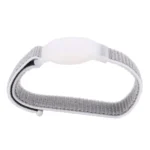

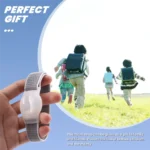
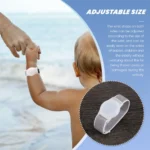

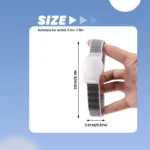
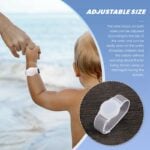


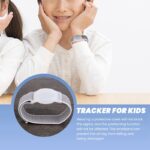
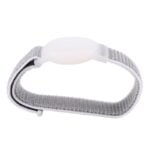
Kid Wristband Compatible with Apple AirTag, Protective Case for Air Tag GPS Tracker Holder with Nylon Bracelet H
$1.99
3000 in stock
SPECIFICATIONS
Brand Name: NoEnName_Null
Origin: Mainland China
Type: Heat Pump Water Heater Parts
Hign-concerned Chemical: None
Kid Wristband Compatible with Apple AirTag, Protective Case for Air Tag GPS Tracker Holder with Nylon Bracelet H
[High-quality material] for AirTag wristband is made of high-quality nylon material. The unique technology makes the strap more skin-friendly and breathable.
[High performance] Wearing a protective cover will not block the signal, and the positioning function will not be affected. The wristband can prevent the air tag from falling and being damaged.
[Easy to install] The size of this for AirTag strap is perfectly compatible with for AirTag. Easy to install and remove You can take anything you want to easily track with you.
[Adjustable size] The wrist straps on both sides can be adjusted according to the size of the wrist, and can be easily worn on the wrists of babies, children and the elderly without worrying about the for AirTag being thrown away or damaged during the activity.
[Perfect gift] This nylon strap can be given as a gift to family and friends. Prevent the loss of babies, children, and the elderly.
size:220mm
Material:nylon
colour:Gray
Package Contents:
1 x for AirTag wristband
Only the above package content, other products are not included.
Note: Light reflection and different displays may cause the color of the item in the picture a little different from the real thing. The measurement allowed error is +/- 1-3cm.
.





Discover more from Tamfis Nigeria Lmited
Subscribe to get the latest posts sent to your email.
| Default Title |
Default Title |
|---|
You must be logged in to post a review.



 Hot Deals
Hot Deals Shopfinish
Shopfinish Shop
Shop Appliances
Appliances Babies & Kids
Babies & Kids Best Selling
Best Selling Books
Books Consumer Electronics
Consumer Electronics Furniture
Furniture Home & Kitchen
Home & Kitchen Jewelry
Jewelry Luxury & Beauty
Luxury & Beauty Shoes
Shoes Training & Certifications
Training & Certifications Wears & Clothings
Wears & Clothings





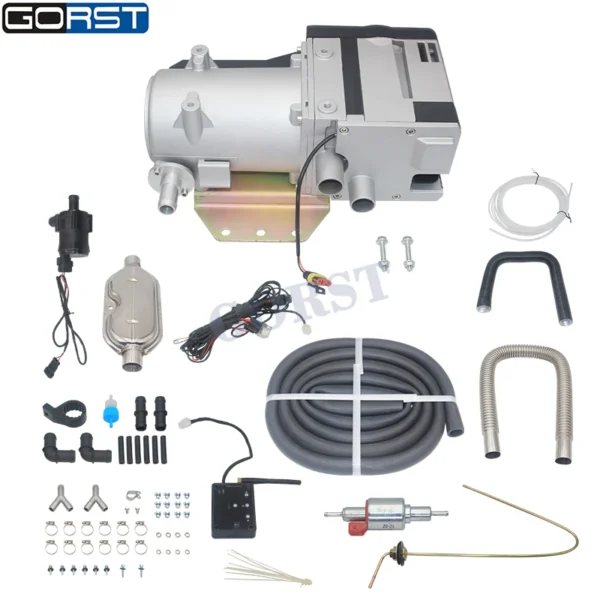

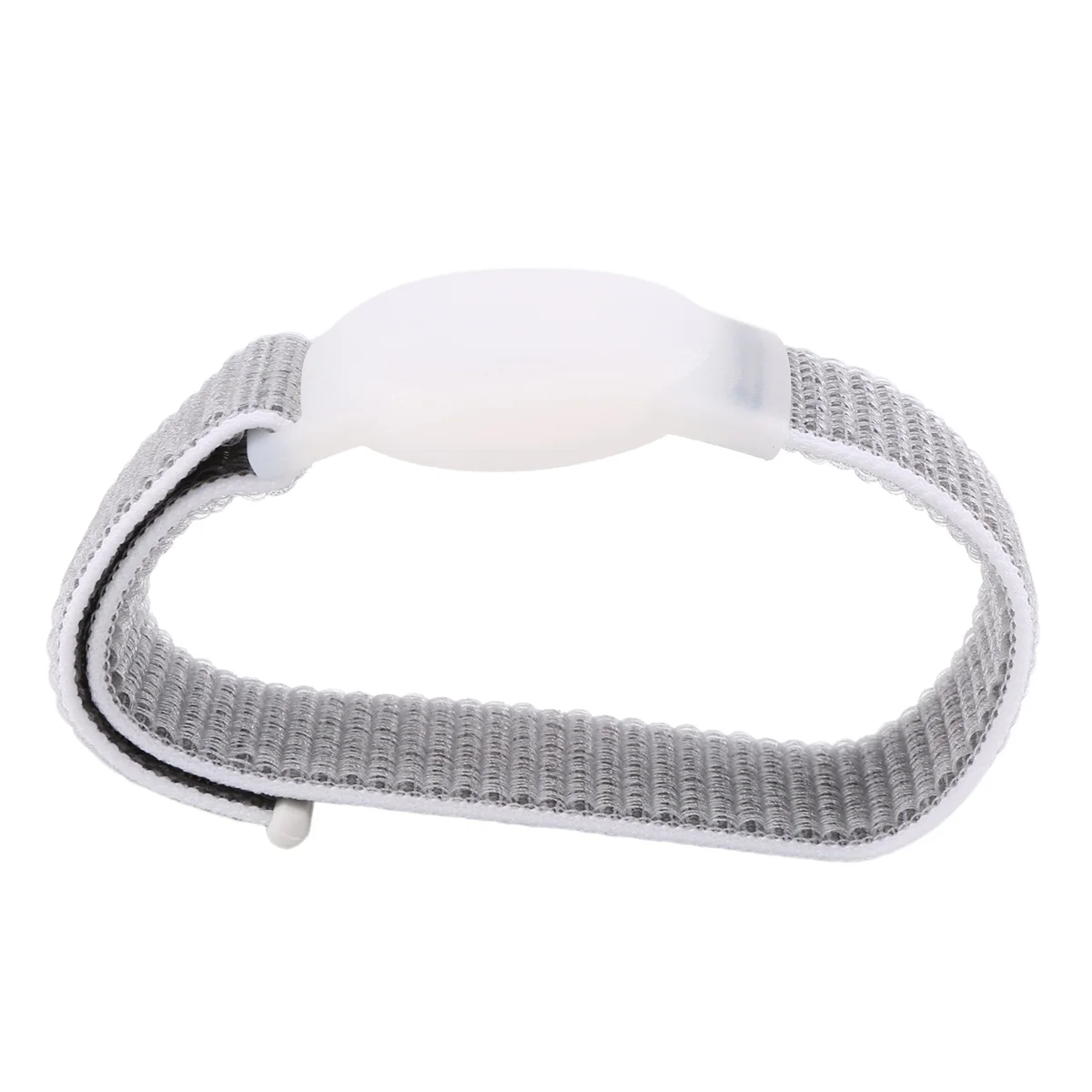
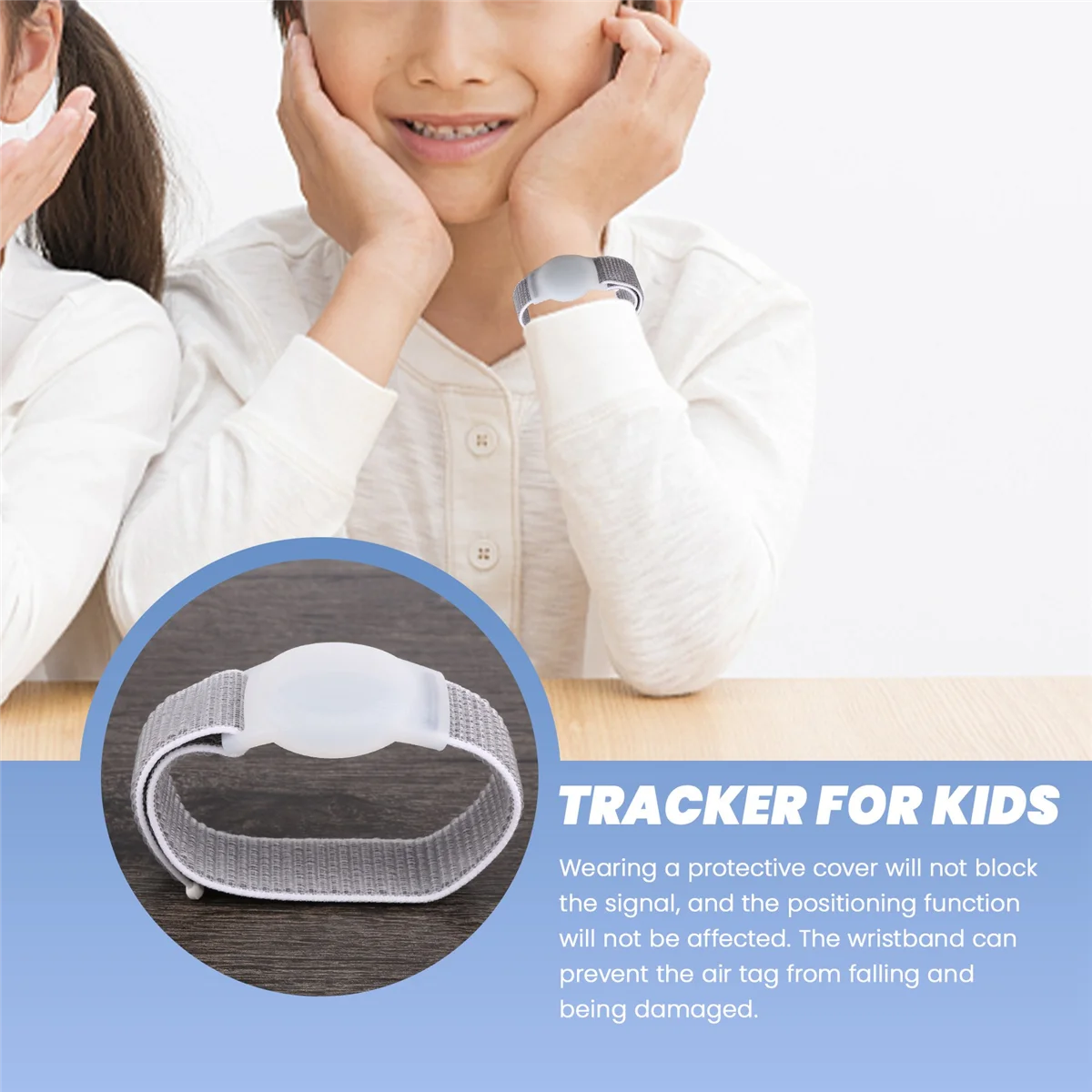
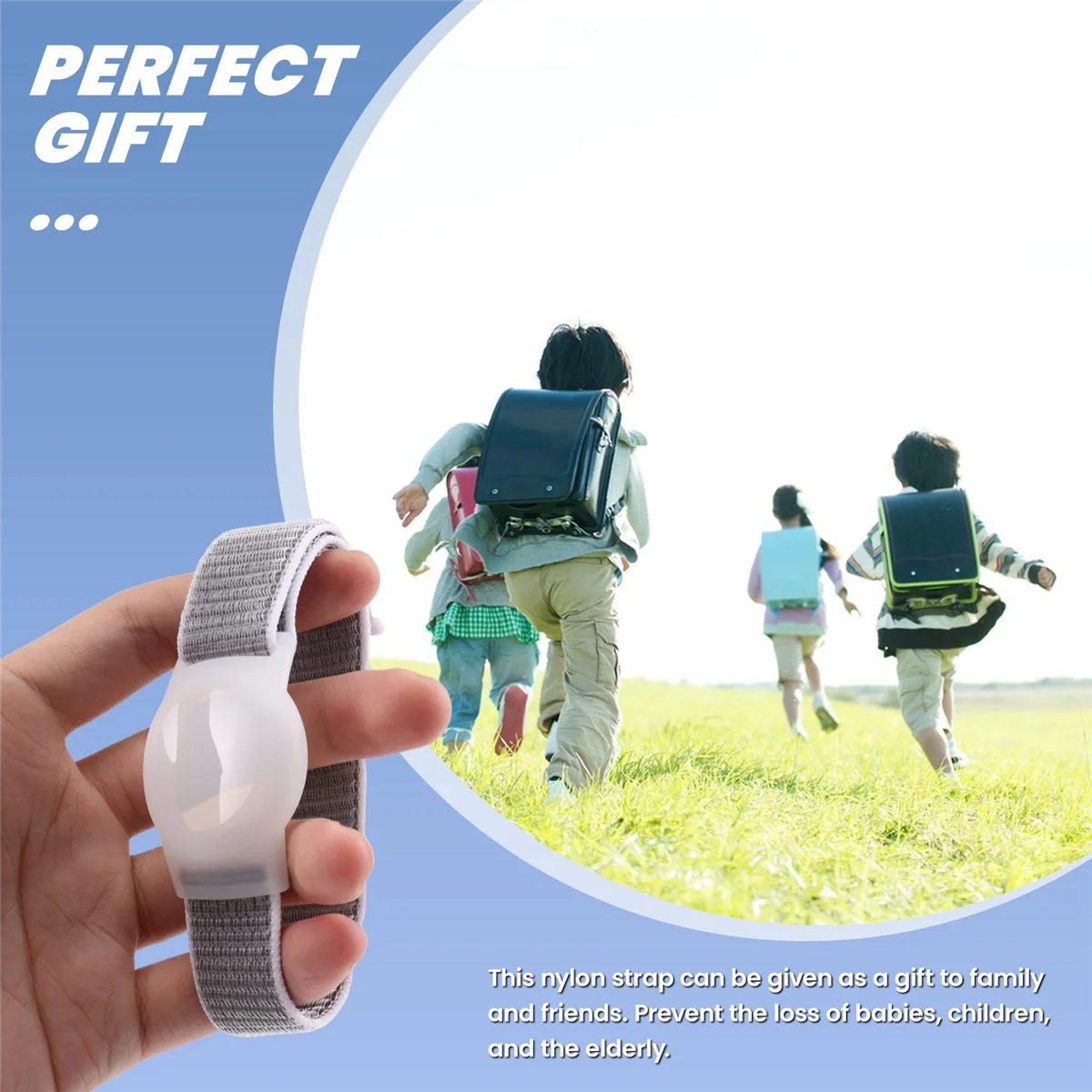







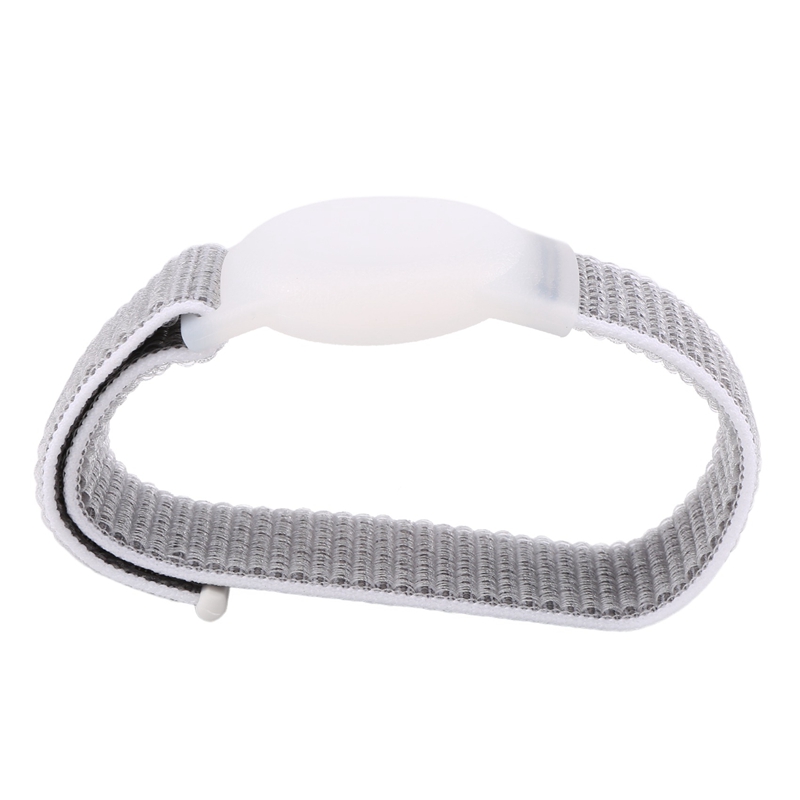
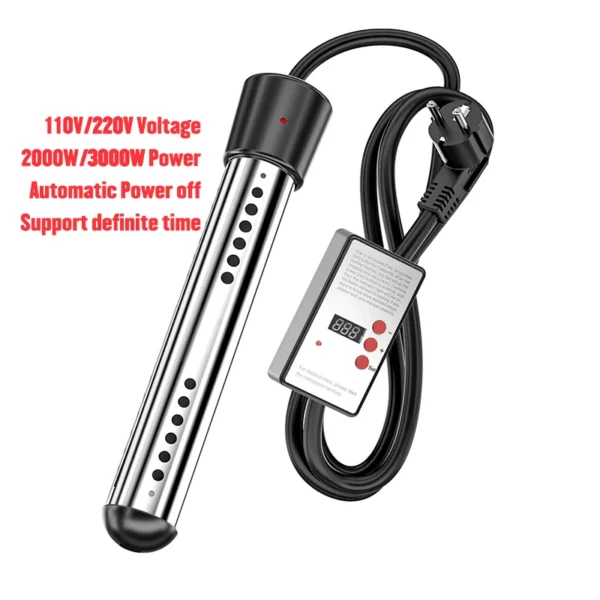








Reviews
There are no reviews yet.